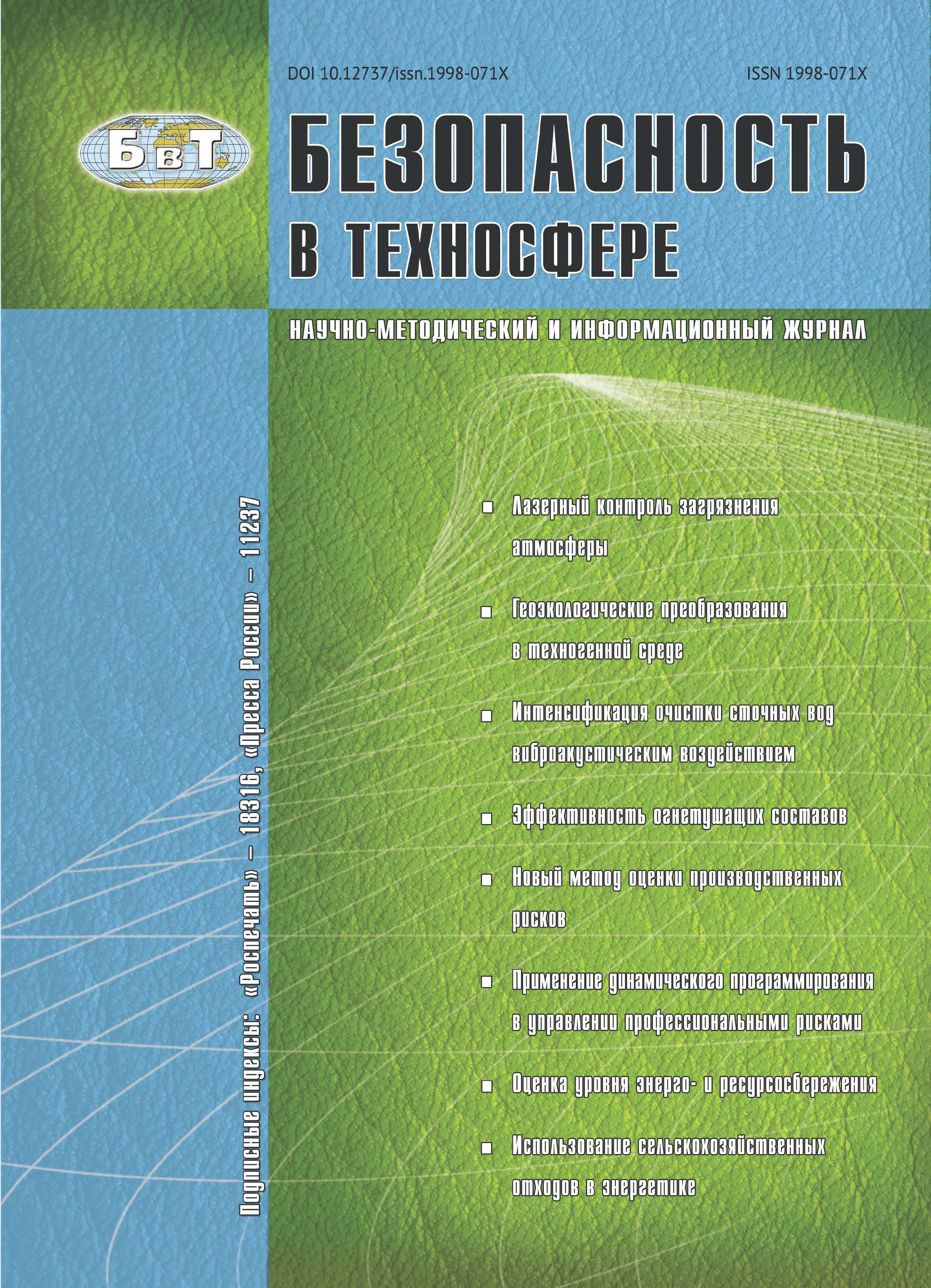Federal Educational and MethodologicalAssociation in the System of Higher Education «Technospheric Safety and Environmental Management» (Associate Professor)
Moskva, Moscow, Russian Federation
Currently, intensification of the filtering processes in media characterized by high concentration of solid particles remains of great interest in many sectors, such as oil production, oil refining, chemical, medical and food industries. One of the reasons that impede filtering could be the high viscosity level of the dispersion medium. It is known that the filtering rate is inversely proportional to viscosity; therefore, filtering of viscous liquids would be carried out much slower. In addition, filtering media characterized by high concentration of solid particles leads to higher costs for creating the process driving force, fast pores fouling in the filtering material and the need for frequent regeneration of the filtering material. Many media characterized by high viscosity, such as mineral oils, polymer solutions and melts, heavily polluted waters tend to reduce the flow section of the porous material channel; and, as a result, hydraulic characteristics are changing and regeneration of the filtering material is hampered. Therefore, replacement of the filtering material is required, which increases the costs. It is possible to intensify the filtering process by ensuring the suspension preliminarily preparing, for example, by increasing the medium temperature or decreasing the suspension viscosity, as well as adding a suitable solvent. In many technological processes such methods are unacceptable. Design, development and study of devices that allow increasing the filtering material service life and reducing energy consumption to create the required pressure gradient while maintaining the device compactness and ensuring the required fineness of filtration still remains a topical task. This paper is proposing to use filtering in combination with cleaning in centrifugal and vibration fields created in hydrodynamic filters. Centrifugal forces field in the hydrodynamic filter is formed due to liquid tangential introduction into the apparatus and rotation of the cylindrical porous filter partition. The method differs from other technologies by creating a potential flow in the apparatus annular zone within the centrifugal forces field. Such flow organization allows purging up to 80% of polluting substances from the media under cleaning by the centrifugal force mechanism; and such substances are removed from the filter without deposition on the filter partition. This would reduce the load on filter material and increase its service life. Vibration of the filtering partition provided for in its structure makes it possible to destroy the sediment layer thereon and to direct the sediment into the filtrate flow. Thus, the proposed hydrodynamic filter is provided with the self-regeneration ability.
Filtration, High Viscosity, Hydrodynamic Filter, Centrifugal and Vibration Fields, Separation
1. Brazhenko V.N. (2017) Theoretical Research of the Efficiency of a Fluid Mechanical Cleaning by a Rotary Filter. Wschodnioeuropejskie Czasopismo Naukowe (East European Scientific Journal), 2(28), 17-22.
2. Mochalin, I., & Brazhenko, V., Yashchuk, O. (2017, May). An experimental research of the efficiency of a fluid mechanical cleaning by a rotary filter. In Proceedings of the 20th Conference for Lithuania Junior Researchers" Science-Future of Lithuania".-Vilnius, Lithuania (pp. 43-46).
3. Mochalin, I. V., & Khalatov, A. A. (2015). Centrifugal instability and turbulence development in Taylor-Couette flow with forced radial through flow of high intensity. Physics of Fluids, 27(9), 094102.
4. Devisilov, V. A., & Sharai, E. Y. (2018). Particle separation in an annular converging channel with an inner rotating permeable baffle. High Temperature, 56(4), 576-580. DOI:https://doi.org/10.1134/S0018151X18040053
5. Aleksandrov, A., Devisilov, V., Sharai, E., & Kiselyova, D. (2018). Effect of geometric parameters of working channel of hydrodynamic filter with protective baffle on medium flow structure. Herald of the Bauman Moscow State Technical University, Series Natural Sciencesiss, 2, 23-38. DOI:https://doi.org/10.18698/1812-3368-2018-2-23-38
6. Devisilov, V., & Sharai, E. (2019, March). Hydrodynamic filters in hydraulic fluid cleaning system of hydraulic drive. In IOP Conference Series: Materials Science and Engineering (Vol. 492, No. 1, p. 012025). IOP Publishing.
7. Ji, P., Motin, A., Shan, W., Bénard, A., Bruening, M. L., & Tarabara, V. V. (2016). Dynamic crossflow filtration with a rotating tubular membrane: Using centripetal force to decrease fouling by buoyant particles. Chemical Engineering Research and Design, 106, 101-114.
8. Zheng, J., Cai, J., Wang, D., E, S., & Mochalin, I. (2019). Suspended particle motion close to the surface of rotating cylindrical filtering membrane. Physics of Fluids, 31(5), 053302.
9. Pavlikhin, G.P., Lvov, V.A., Grechushkin, A.N. (2002) Statistical Study of Filtering Small-Concentration Suspension Using Granular Filter Medium. Vestnik MGTU. Natural Sciences, 2, 121-125.
10. Varaksin, A. Y., Protasov, M. V., Marinichev, D. V., & Vasil’ev, N. V. (2015). An Analysis of the Parameters of Flare Particles for Optical Diagnostics of Vortex Flows. Measurement Techniques, 58(6), 655-660.
11. Petrov, A., Isaev, N., & Kuleshova, M. (2019, March). Test bench flow straightener design investigation and optimization with computational fluid dynamics methods. In IOP Conference Series: Materials Science and Engineering (Vol. 492, No. 1, p. 012036). IOP Publishing.
12. Gouskov, A., Lomakin, V., Banin, E., Kuleshova, M., & Chaburko, P. (2019, March). Investigation of the influence of centrifugal pump wet part geometry on hemolysis index. In IOP Conference Series: Materials Science and Engineering (Vol. 492, No. 1, p. 012013). IOP Publishing.






